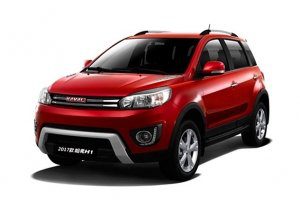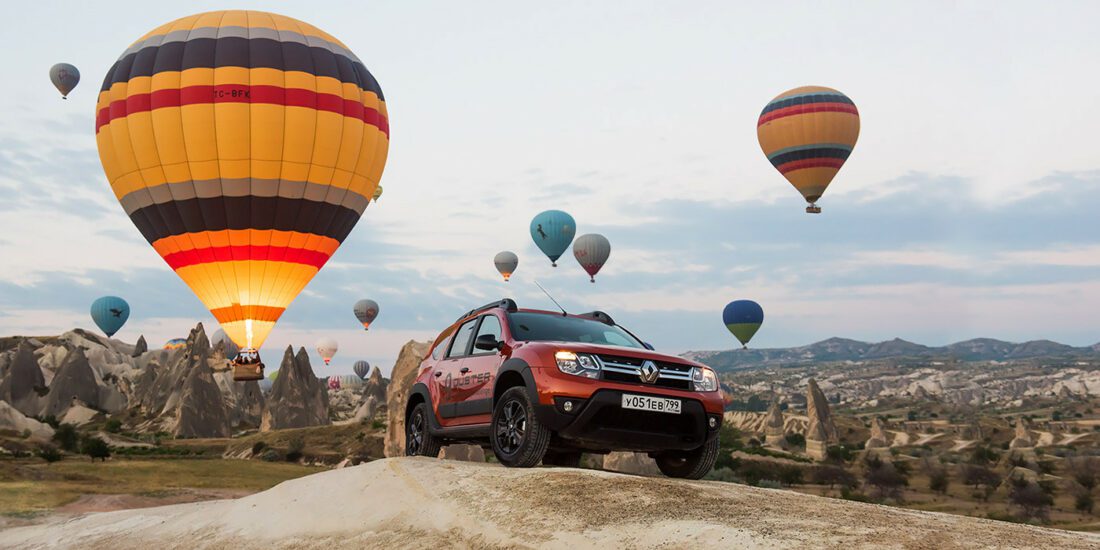
Test drive Renault Duster
How do the Turks feel about traffic rules, does the police fine Russian tourists, where you can accelerate to the maximum and why go to the geographical center of the country at all
Turkey is not only All inclusive resorts on the Mediterranean coast. In a country with a rich history, there are places of amazing beauty and indescribable color, which the average tourist from Russia rarely gets to. For example, founded in the XNUMXst century A.D. the city of Sivas, which changed owners dozens of times and consists of hundreds of cultural layers. Or the cosmic landscapes of Cappadocia, with ancient cave settlements and the world's most famous balloon launch site.
In order to go beyond the usual bus excursions, you need a car, and many Russians really decide to come to Turkey on their own. From time to time, on the highways, you come across cars with Russian license plates from different regions, and some motorists even travel through Turkey in transit to neighboring Bulgaria. We tested one of the routes as part of the Duster Dakar Challenge project.
If you do not consider the exotic and expensive way by ferry across the Black Sea, then you can get from Russia to Turkey by car only through Georgia. Russians in these countries do not need visas, and border crossing is not difficult. If you can enter Georgia by the only way from Vladikavkaz through the Upper Lars pass, then you can get to Turkey from Georgia by two.
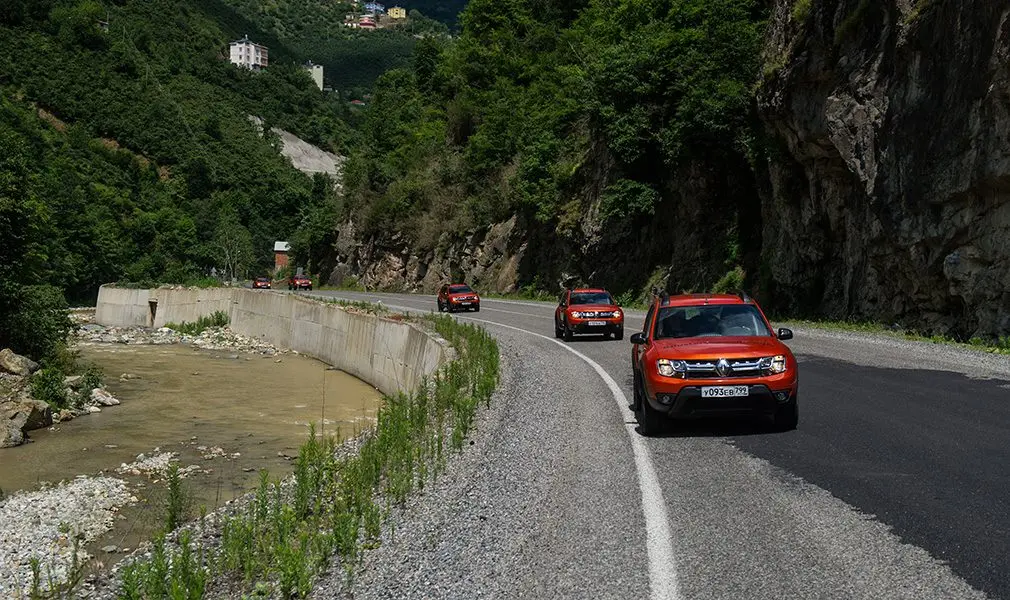
The Valais border crossing near the Georgian town of Akhaltsikhe is located in a mountainous area with narrow winding roads. More convenient is a comfortable and picturesque path along the sea through Batumi and the Sapri border crossing, from which a high-quality four-lane highway leads through Turkey.
Crossing the border of Georgia and Turkey by a pedestrian takes no more than half an hour, but the registration of a car can take a long time. The best option is when passengers check in separately and cross the border on foot, and only the driver remains in the car. The nuance is that the reverse procedure will need to be carried out in the same way, and the same person will have to take the car out of the country.
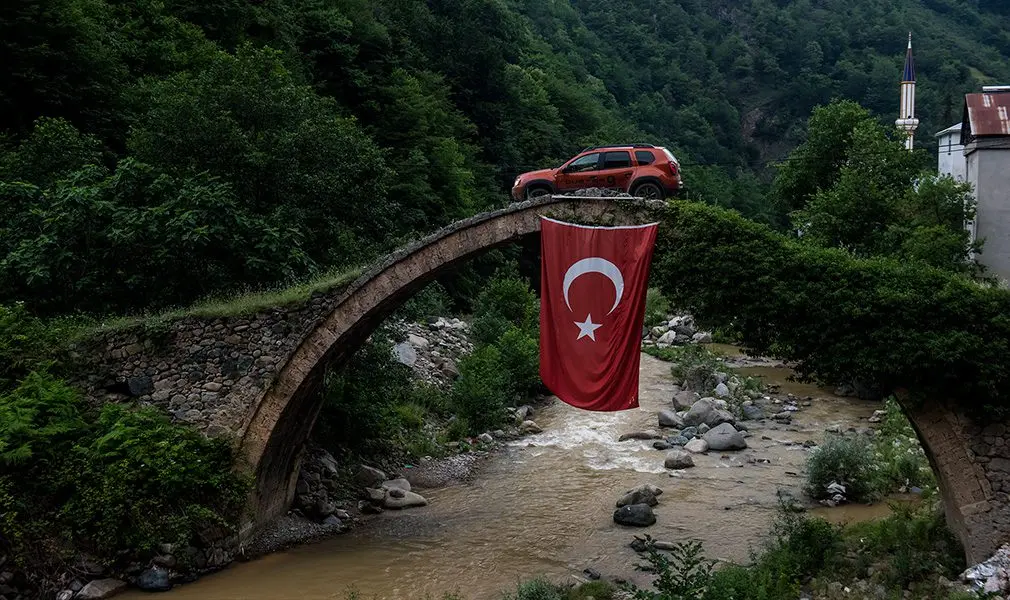
The largest settlement near the Georgian border is the half-million-strong Trabzon, a developed city with an existing beach infrastructure on the Black Sea coast, shopping areas and good hotels. From here you can already start inland. You can choose from wide highways or winding serpentines of the Pontine Mountains, where roads wind along picturesque mountain rivers, settlements emerge from nothing among mountain cliffs, and ruins of ancient buildings or abandoned Christian monasteries of almost Byzantine times are often found on the hills.
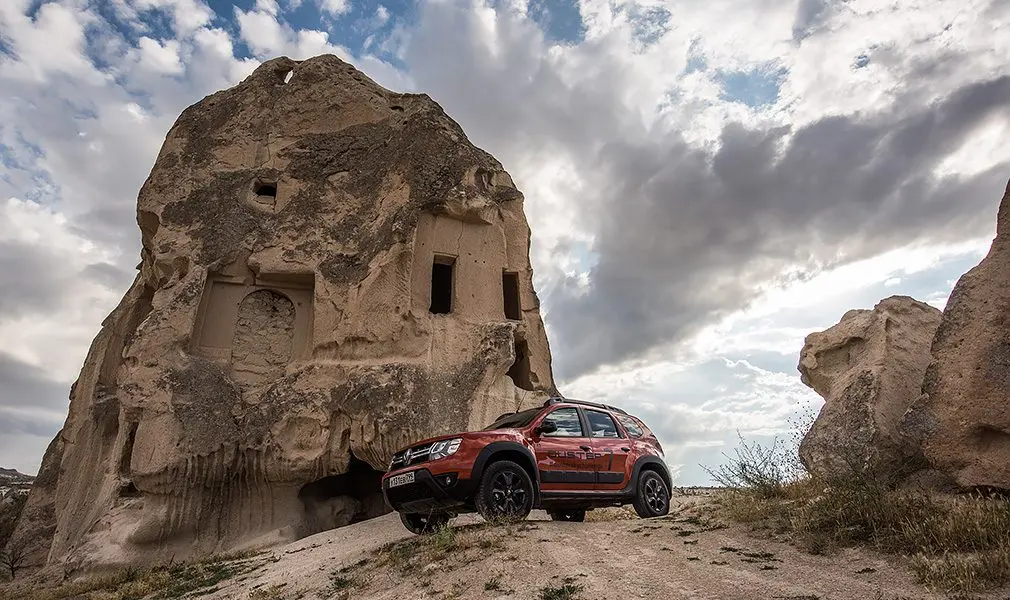
Through the mountains you can get to the central part of Turkey to the city of Sivas - one of the oldest settlements in the country, which during its existence was visited by Armenians, Persians, Arabs and even the warriors of Tamerlane. A city with a historic center, picturesque streets around and more modern residential areas in the style of southern European cities, it is a jumble of cultural layers, but little known to tourists.
Three hundred kilometers to the west is the Goreme National Park with the world-famous complex of volcanic rock formations with cave dwellings and monasteries, where they still try to preserve the traditional way of life. There are already many tourists here who come not only to look at the gorges, but also to fly in a hot air balloon, from which stunning views of the surrounding landscapes open up.
Major highways in Turkey have perfect coverage, good markings and minimal traffic. Turns and turns on highways are organized, as a rule, through large roundabouts or oval junctions, which can be driven along the main course without slowing down.
Aside from the main roads, the situation is worse, and the quality of the asphalt already resembles Russian roads. Finally, the paths to the mountain villages are rocky dirt roads on which you can easily punch a wheel or even leave the entire suspension in a deep gully. Four-wheel drive and good ground clearance in such conditions seem to be a must, but the locals manage to drive here in ancient trucks and old cars.
The standard speed limits are 50 km / h in settlements, 90 km / h on highways and 120 km / h on highways. Often on the roads there are inadequately low limits of 30 and 40 km / h, especially in front of speed cameras and roundabouts. Sometimes on the roads there are very strange restrictions of 82 km / h for cars, while for trucks in the same place there may be a round limit of 50 km / h.
To move on highways and cities, an ordinary passenger car is enough, but if you want to climb into the mountains away from hard roads, it is desirable to have four-wheel drive and good ground clearance. And also - a full-fledged "spare tire", since the risk of damage to the wheel on primers, replete with large sharp stones, is quite high.
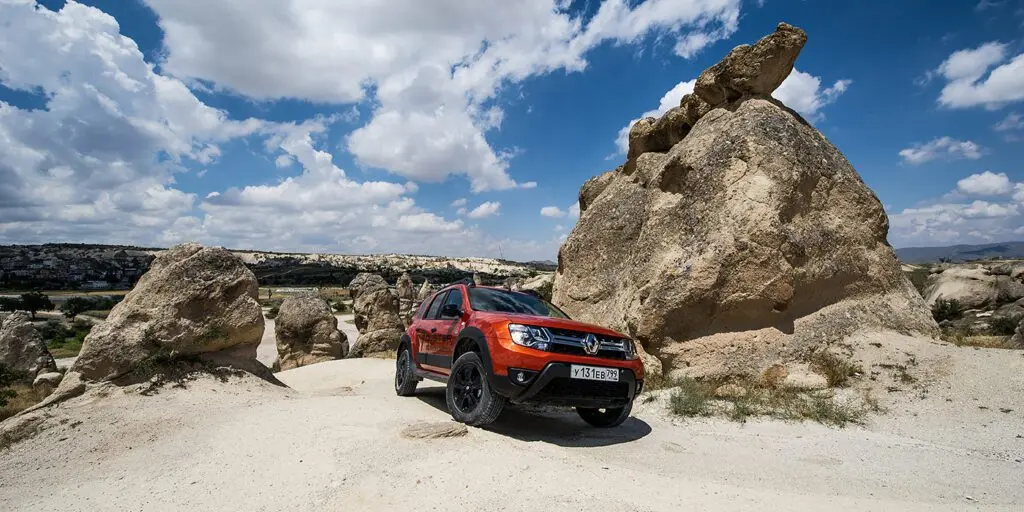
You need to ride on the volcanic hills and gorges of Cappadocia on something more serious. For example, balloon owners transport their vehicles in four-wheel drive pickup trucks with trailers, since the landing site can vary depending on the weather and the number of balloons taken off. Passable transport is also needed for those who want to ride on their own in the local mountains.
Riding off-road vehicles is another of Goreme's tourist attractions, and the routes are laid along steep ascents and descents, a river bed and a clay mess, where in some places the help of an instructor standing outside is required. The capabilities of the Duster Dakar in these conditions were enough - all cars are equipped with an all-wheel drive transmission, have a decent ground clearance, traction first gear and a solid plastic body kit.
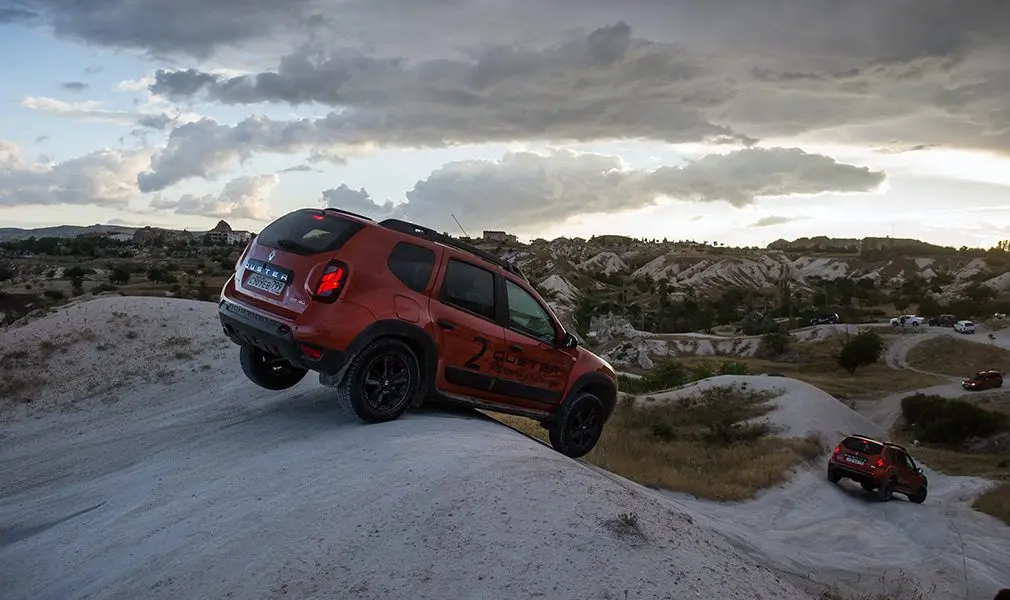
Turkish drivers try not to drive too fast, but otherwise do not bother to follow the traffic rules. At speed limits of 30 to 50 km / h, it is considered normal to go almost twice as fast, but on highways, few accelerate much higher than the standard 90 km / h. At the same time, the Turks calmly bypass the stream standing at the traffic light along the sides and pass the intersections at a red light, if they do not see a danger in this.
A separate topic is the disregard for the use of turn signals. In addition, local drivers are able to turn left or turn around from the right lane, or drive on the opposite side, if the traffic organization provides for a long way to a legal U-turn. In cities, movement in the East is chaotic, a working and loud horn is required, and when traveling in narrow lanes, the Turks act impudently and without ceremony.
Both cameras and police officers are extremely rare on the roads. In front of stationary cameras, there are corresponding warnings and speed limit signs in advance, and in most cases there are no cameras themselves. However, with Russian license plates, there is no need to be afraid of automatic fines, therefore, on empty, monitored highways, laid through deserted terrain, Russians often accelerate to maximum speeds.
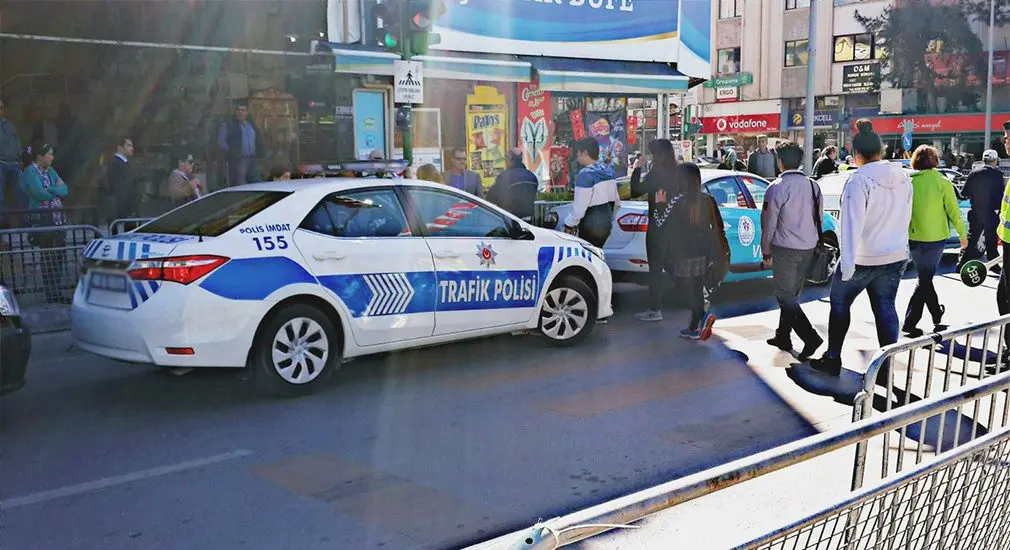
Police officers with portable radars can stop, but they also work only in areas marked with appropriate warning signs. As a rule, the police enclose one lane of the road with cones, on which they conduct selective inspection of vehicles, or stop offenders. The police usually do not speak English, preferring to let the foreign driver go. And most often they do not pay attention to cars with foreign numbers at all.
A liter of 95th gasoline costs 6,2-6,5 Turkish liras, which corresponds to $ 1. The amount of 200 liras, that is, almost $ 34,95 was enough for 31 liters, which filled the Renault Duster's almost empty tank by about two-thirds. At gas stations, you can pay both in cash and by card, and you do not have to go to the gas station building to pay, the refueller will make the payment right at the dispenser and issue a receipt. At the same time, he will offer a sink and tea, and then give a small present - in our case, an air freshener with an advertisement for a network of gas stations.
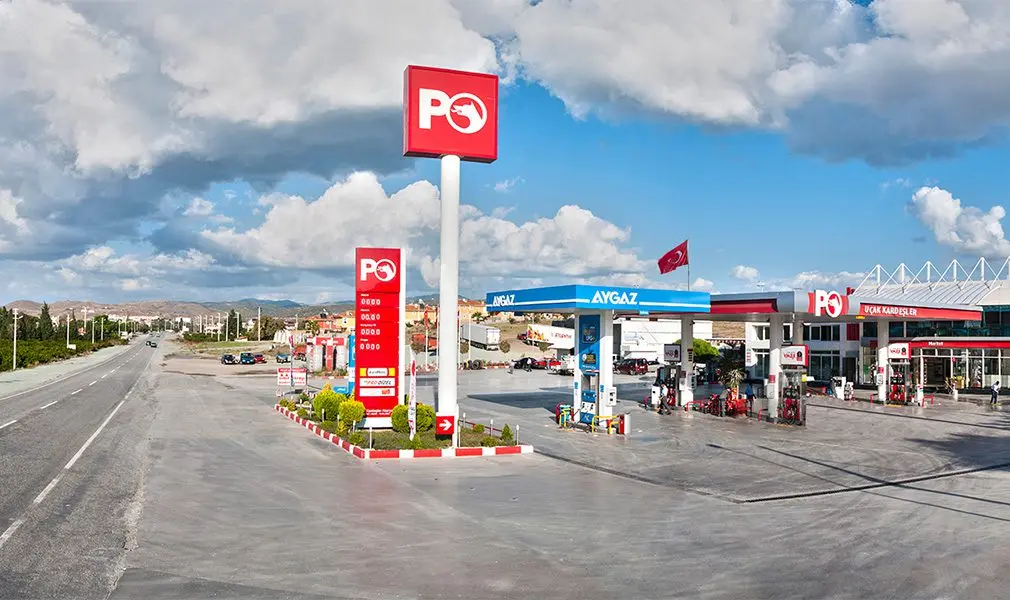
It should be borne in mind that gas stations are often found only on highways, and away from them you can not find a single one for hundreds of kilometers. Making our way along the dirt roads of the Pontic mountains, we almost drained the Renault Duster's tank, and for another 50 km we drove "on a light bulb" to the nearest gas station.
The Duster is one of the most popular vehicles in Turkey, where it is sold under the Dacia brand. Dealers already have a new generation car, but the old model is found everywhere on the roads, which is especially well suited for the non-touristy roads of the region. And if the Turks drive mainly on budget versions of Duster, then we, on the contrary, had the brightest and most well-equipped version, which the locals paid very close attention to.
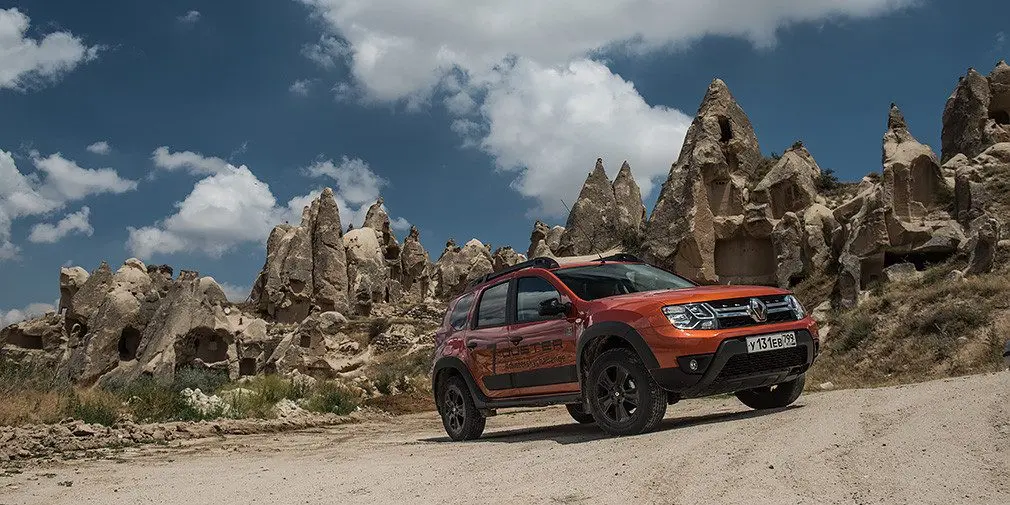
We went to Turkey in the updated Duster Dakar, which is distinguished by an even more generous body kit - in addition to protecting the sills and wheel arches, the car has plastic sidewall protection, and the window frames are now painted black. A color called Arizona Orange is also new. And the list of equipment includes a full range of options, including special trim, cruise control, remote engine start system, improved noise isolation and crankcase protection. ESP and a touchscreen media system with navigation and reversing camera are available at an additional cost, as is a special off-road package with metal protection for the transmission, gas tank and radiator.
